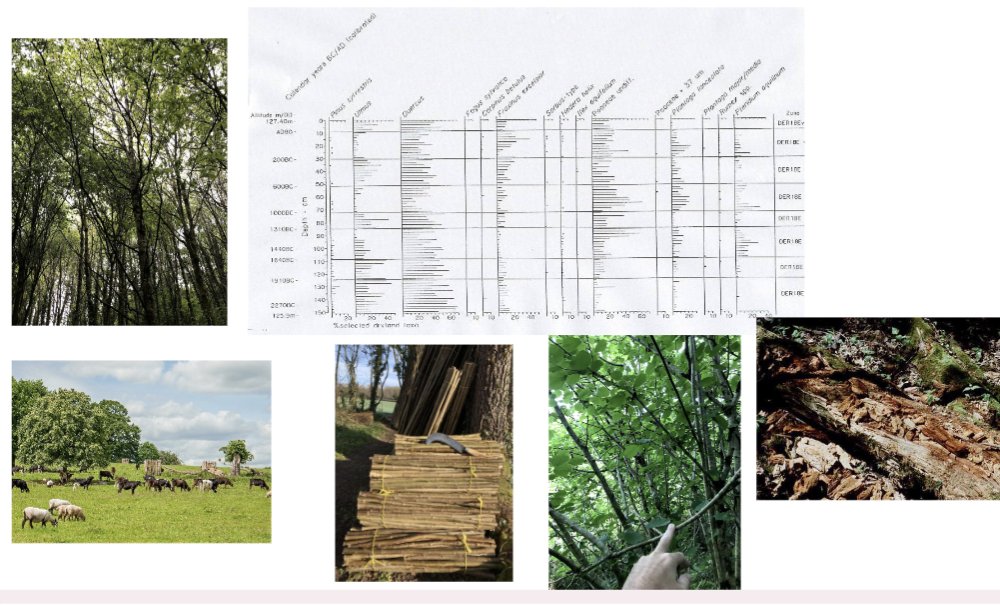1/ An evening thread! Yesterday #Pollen next its beetles #Palaeoentomology - preserved in #peat fragments of bugs (wing cases, head capsules etc) are difficult to ID but provide key evidence of #Palaeoenvironments - #Prehistoric #woodland, #Biodiversity changes+extinctions! 

2/Dr Eileen Reilly (photo 1, r) passed away too young. Her #Palaeoentomological work was groundbreaking. Demonstrated presence of beetles in #prehistory now extinct/rare in 🇮🇪 many associated with wood/trees (Saproxylic), 'Urwald relict' group (see table!) 

3/E.g: photos 1+2 #Archaeological excavations, Lisheen Bog, Co.Tipp. Samples from Bronze Age oak wood plank trackway, contained remains of Prostomis mandibularis+other bugs. Primary #woodland present in this period despite clearance/farming. 



4/Prostomis+other species have largely disappeared due to loss of primary #woodland habitat. By #BronzeAge settlement, farming started to impact landscape on larger scale. Combined #Palaeoenvironmental data shows changes in flora/insect fauna (photo coppice rods @copseworker) 

5/#Palaeoentomological study in 🇮🇪 by @AerialAndBugs @Fossilbeetle + colleagues continues to expand knowledge of past #Biodiversity human impact+implications for #Conservation image: sub-fossil elytrum Rhyncolus sculpturatus, assoc conifers, prob largely extinct later prehistory 

6/Both of those folk may want to add/correct/amend anything important I miss/get wrong 😂. #Palaeoenvironmental research is a broad field, none of us know everything! Perhaps a broader lesson when it comes to understanding past/planning for the future? Ps 5/ image @AerialAndBugs
7/Anyone interested in how #Palaeoentomological data are plotted? Was that a 'YES'?? Graph shows Dr Reilly's analyses through section of #peat deposits (above 3/). QUIZ: See if you can identify the level of Bronze Age oak wood trackway?? 

8/You probably worked it out? BTW numbers on X axis = Mininimum Number of Individuals, ie of beetles ID per sample, grouped ecologically as per key! Generally beetles most abundant in Fen peats, less so in Ombrotrophic, QUIZ Q2: Why?? Eileens papers: researchgate.net/profile/Eileen…
9/ So that's almost enough bugs for tonight! We've touched briefly on Bronze Age #Palaeoenvironments with a few eg's of #Palaeoentomological analyses from Irish #peatlands - we return to all things #peat on Saturday, I'll be live tweeting from the field (signal allowing...)!
10/I don't have a fave beetle (?) but leave you tonight with these beautiful Bronze Age axes (replicas! photo B.MacDomhnaill #Pallasboy #PallasboyProject) - similar to those that were used to fell #prehistoric woodland, slowly reducing the habitats of the Urwald relic beetles... 

• • •
Missing some Tweet in this thread? You can try to
force a refresh













